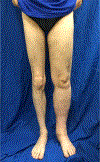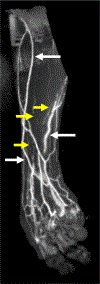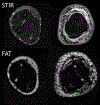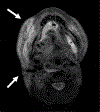MRI of Lymphedema
- PMID: 36271779
- PMCID: PMC10006319
- DOI: 10.1002/jmri.28496
MRI of Lymphedema
Abstract
Lymphedema is a devastating disease that has no cure. Management of lymphedema has evolved rapidly over the past two decades with the advent of surgeries that can ameliorate symptoms. MRI has played an increasingly important role in the diagnosis and evaluation of lymphedema, as it provides high spatial resolution of the distribution and severity of soft tissue edema, characterizes diseased lymphatic channels, and assesses secondary effects such as fat hypertrophy. Many different MR techniques have been developed for the evaluation of lymphedema, and the modality can be tailored to suit the needs of a lymphatic clinic. In this review article we provide an overview of lymphedema, current management options, and the current role of MRI in lymphedema diagnosis and management. EVIDENCE LEVEL: 5 TECHNICAL EFFICACY: Stage 5.
Keywords: MRI; lymphatic Imaging; lymphedema.
© 2022 International Society for Magnetic Resonance in Medicine.
Figures










References
-
- Hespe G, Nitti M, Mehrara B. Pathophysiology of Lymphedema. In: Lymphedema Cham: Springer International Publishing; 2015:9–18.
-
- Szuba A, Rockson SG. Lymphedema: Anatomy, Physiology and Pathogenesis Vol 2.; 1997. - PubMed
Publication types
MeSH terms
Grants and funding
LinkOut - more resources
Full Text Sources
Medical
Miscellaneous

